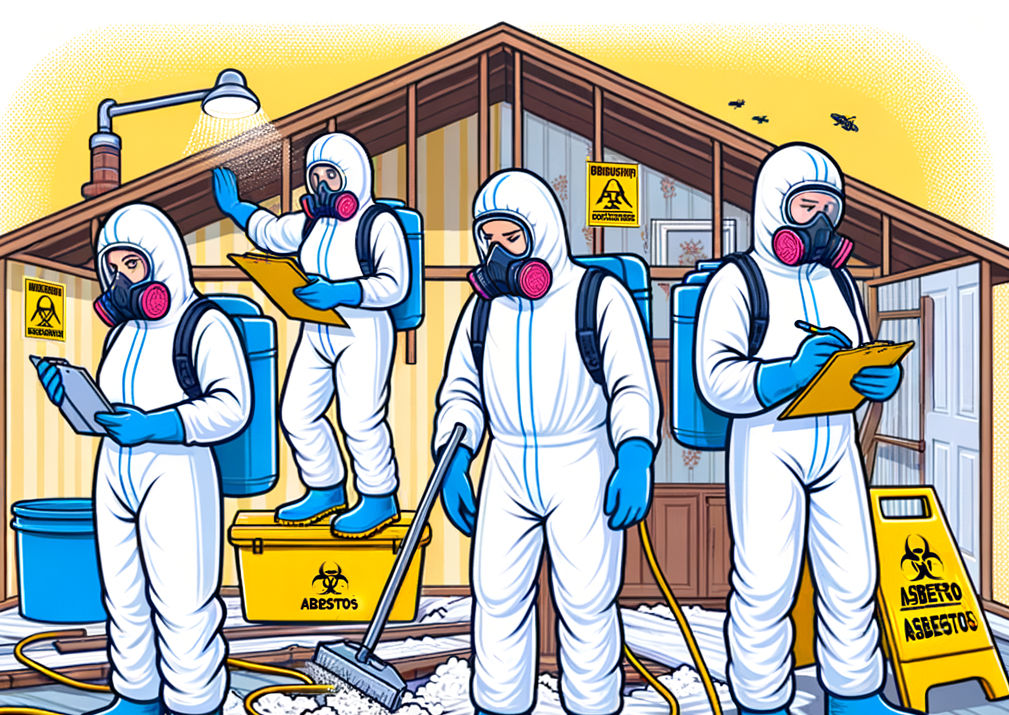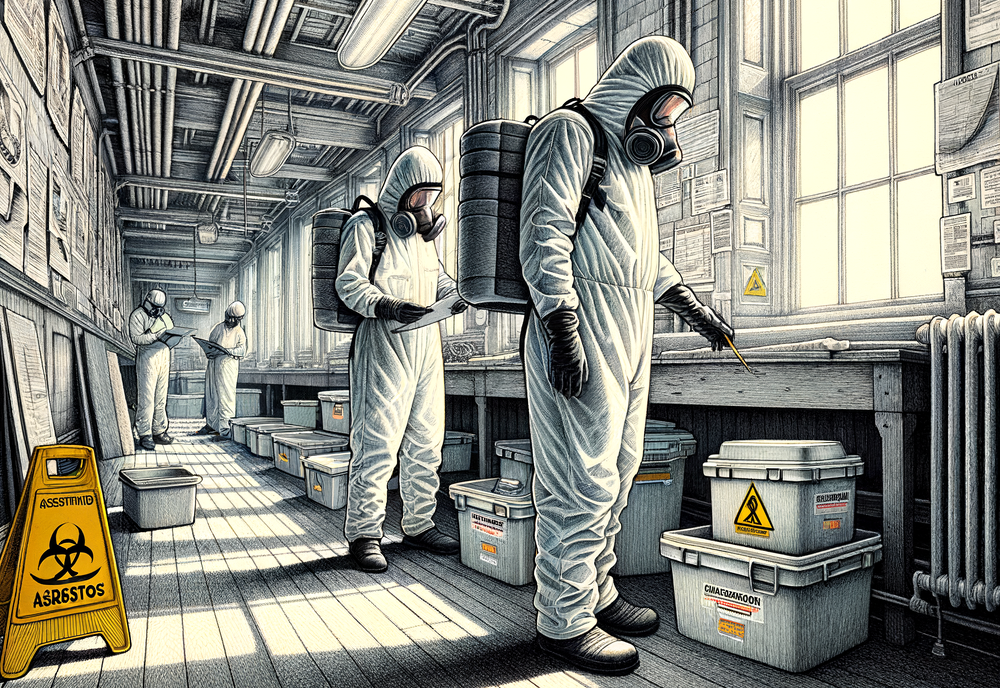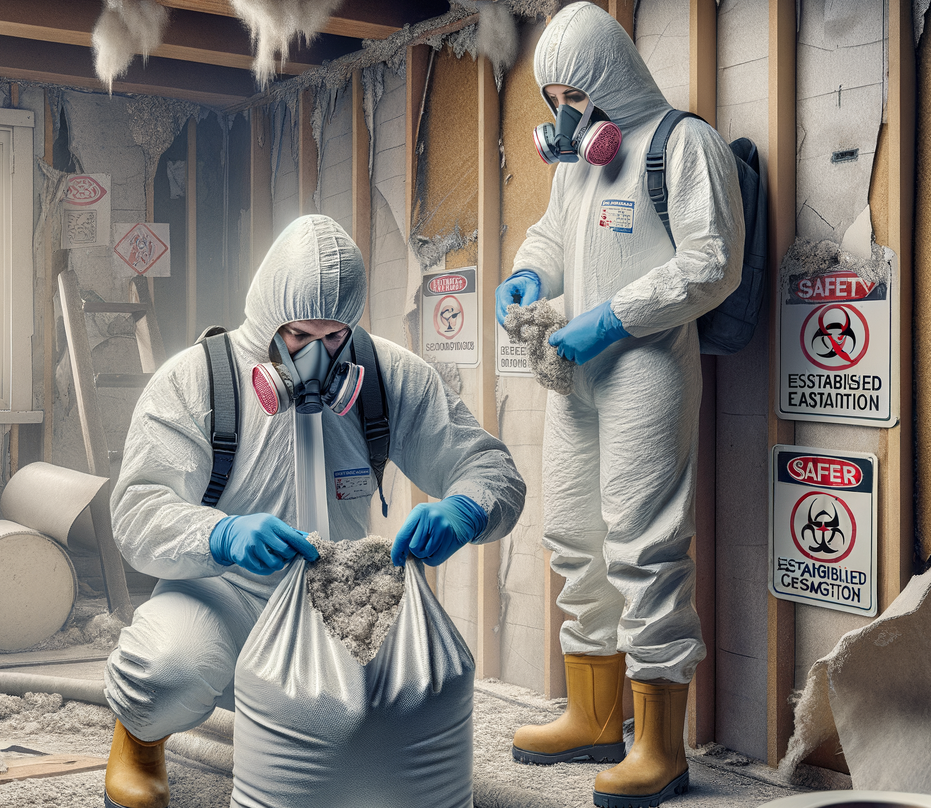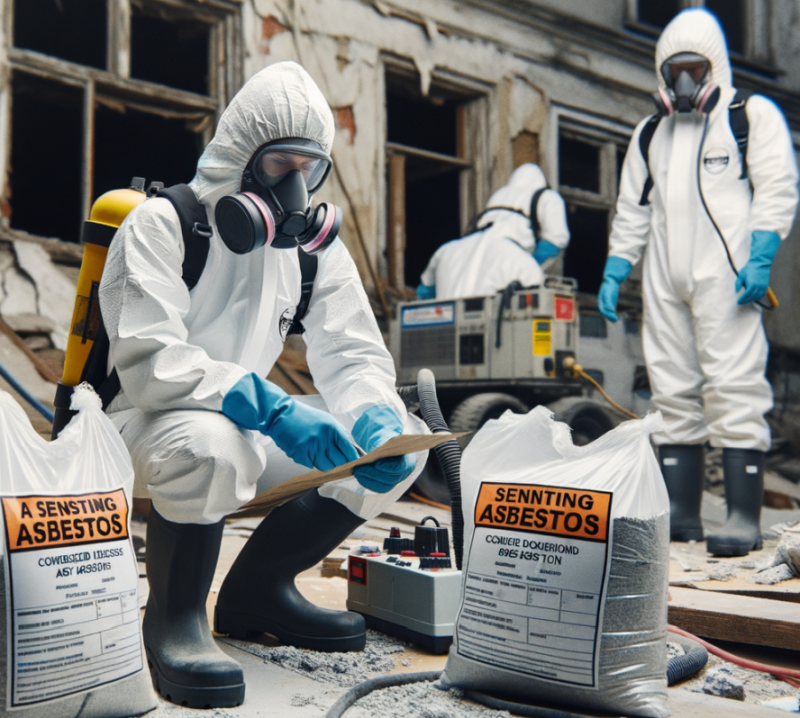
Welcome to Asbestos Solutions In Denver:
Your Trusted Partner in Asbestos Management
At Asbestos Solutions Denver, we specialize in providing comprehensive asbestos services tailored to your needs. Our team of certified professionals is dedicated to ensuring your safety and peace of mind.
Asbestos Assessment
Thorough Inspections: We conduct detailed inspections to identify asbestos presence.
Risk Evaluation: Our experts evaluate the potential risks to determine the best course of action.

Asbestos Removal
Safe Extraction: We follow strict safety protocols to remove asbestos safely and efficiently.
Disposal Compliance: All removed materials are disposed of according to local and federal regulations.

Asbestos Remediation
Containment Strategies: We implement effective containment methods to prevent asbestos fibers from spreading.
Encapsulation Techniques: Our team uses advanced techniques to safely encapsulate asbestos materials.

Understanding the Risks of Asbestos in Your Home
Asbestos, a naturally occurring mineral, was once hailed for its durability and heat resistance, making it a popular choice in construction materials throughout the 20th century. However, it is now known to pose significant health risks, particularly when its fibers become airborne and are inhaled. Understanding these risks is crucial for homeowners who may be living with asbestos-containing materials.
What is Asbestos?
Asbestos refers to a group of six naturally occurring fibrous minerals. Its heat resistance, tensile strength, and insulating properties made it a common component in products like insulation, floor tiles, roofing materials, and cement. Despite its beneficial properties, asbestos poses serious health hazards, which have become increasingly evident over time.
Health Risks of Asbestos Exposure
Mesothelioma
One of the most serious diseases associated with asbestos exposure is mesothelioma, a rare and aggressive form of cancer that affects the lining of the lungs, abdomen, or heart. The latency period for mesothelioma is typically long, often taking 20 to 50 years to develop after exposure.
Lung Cancer
In addition to mesothelioma, inhaling asbestos fibers can lead to lung cancer. The risk is significantly higher for smokers who have been exposed to asbestos, as the combination of smoking and asbestos exposure increases the likelihood of developing lung cancer exponentially.
Asbestosis
Asbestosis is a chronic lung disease caused by inhaling asbestos fibers, which leads to lung tissue scarring. Symptoms include shortness of breath, persistent cough, and chest pain. Although non-cancerous, asbestosis is a serious disease that can severely impact quality of life.
Identifying Asbestos in Your Home
Asbestos is most dangerous when it becomes airborne, so identifying its presence in your home is crucial. Common locations where asbestos might be found include:
Insulation
Found in older homes, particularly around pipes, boilers, and attics.
Flooring: Vinyl tiles and adhesives used before the 1980s often contain asbestos.
Roofing and Siding: Asbestos cement was commonly used in roof shingles and siding.
Popcorn Ceilings: Textured ceilings installed before the 1980s may contain asbestos.
If you suspect the presence of asbestos in your home, it’s important not to disturb the materials. Instead, contact a professional for assessment and testing.
Managing Asbestos in Your Home
Professional Assessment
The first step in managing asbestos is a professional assessment. Certified inspectors can safely test materials and determine whether asbestos is present. If asbestos is found, they can recommend the best course of action, which may include monitoring, encapsulation, or removal.
Encapsulation
Encapsulation involves treating asbestos-containing materials with a sealant that binds the fibers together, preventing them from becoming airborne. This method is often used for pipes and boilers and is less disruptive than removal.
Removal
In cases where asbestos materials are damaged or likely to be disturbed, removal may be necessary. This process should always be conducted by licensed professionals who have the equipment and expertise to safely remove and dispose of asbestos materials.
Conclusion
Asbestos remains a significant health risk in many homes, particularly those built before the 1980s. Understanding the dangers of asbestos exposure and knowing how to identify and manage it is essential for safeguarding your health and the health of your loved ones. By taking proactive steps and seeking professional guidance, homeowners can effectively mitigate the risks associated with asbestos and ensure a safer living environment. Remember, when it comes to asbestos, caution and professional intervention are key.
Why Choose Us?
Experienced Professionals: Our team has years of experience in asbestos management, ensuring top-notch service.
Customer-Centric Approach: We prioritize your safety and satisfaction in every project.
Affordable Solutions: We offer cost-effective options to fit your budget without compromising on quality.
© 2025 All Rights Reserved.